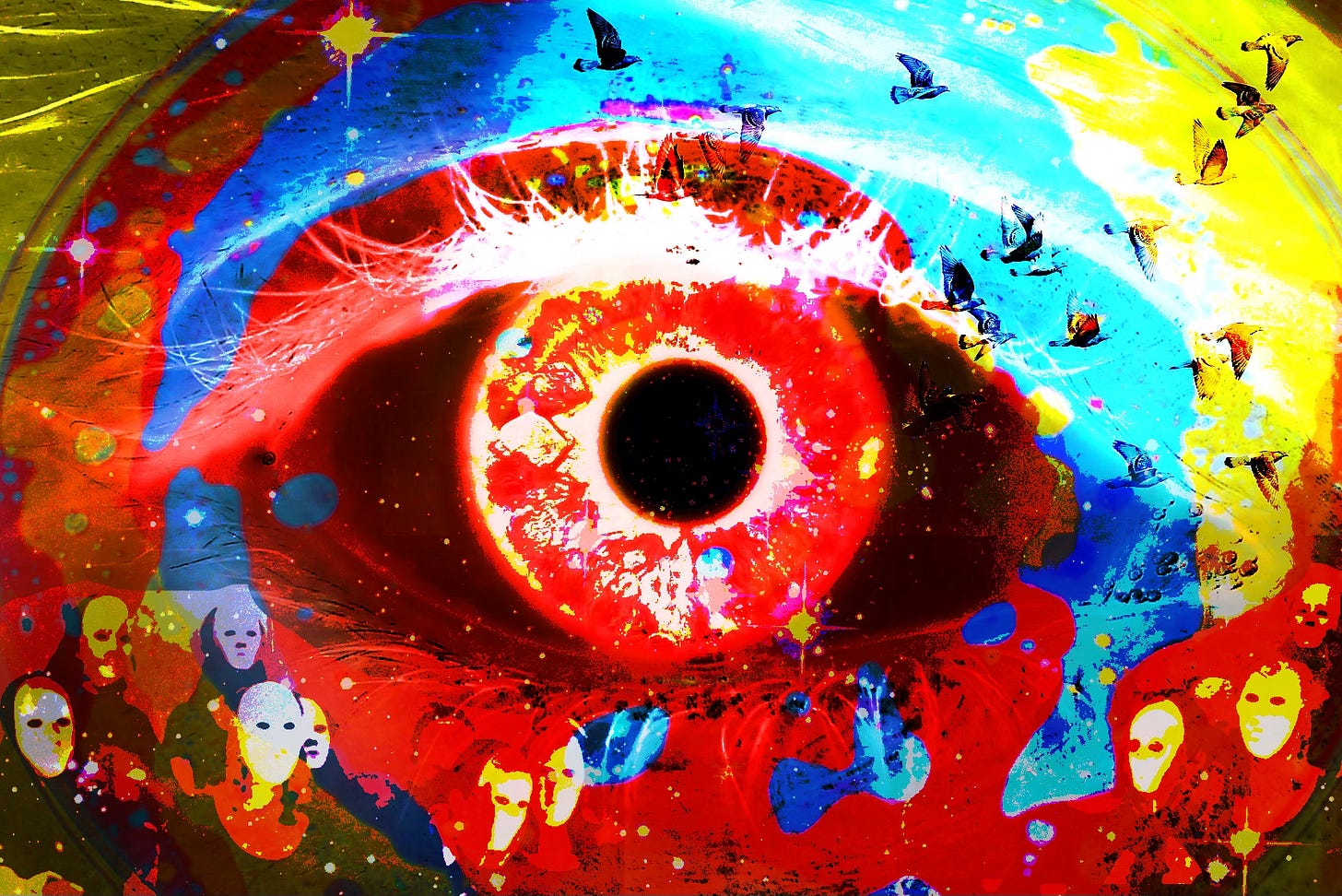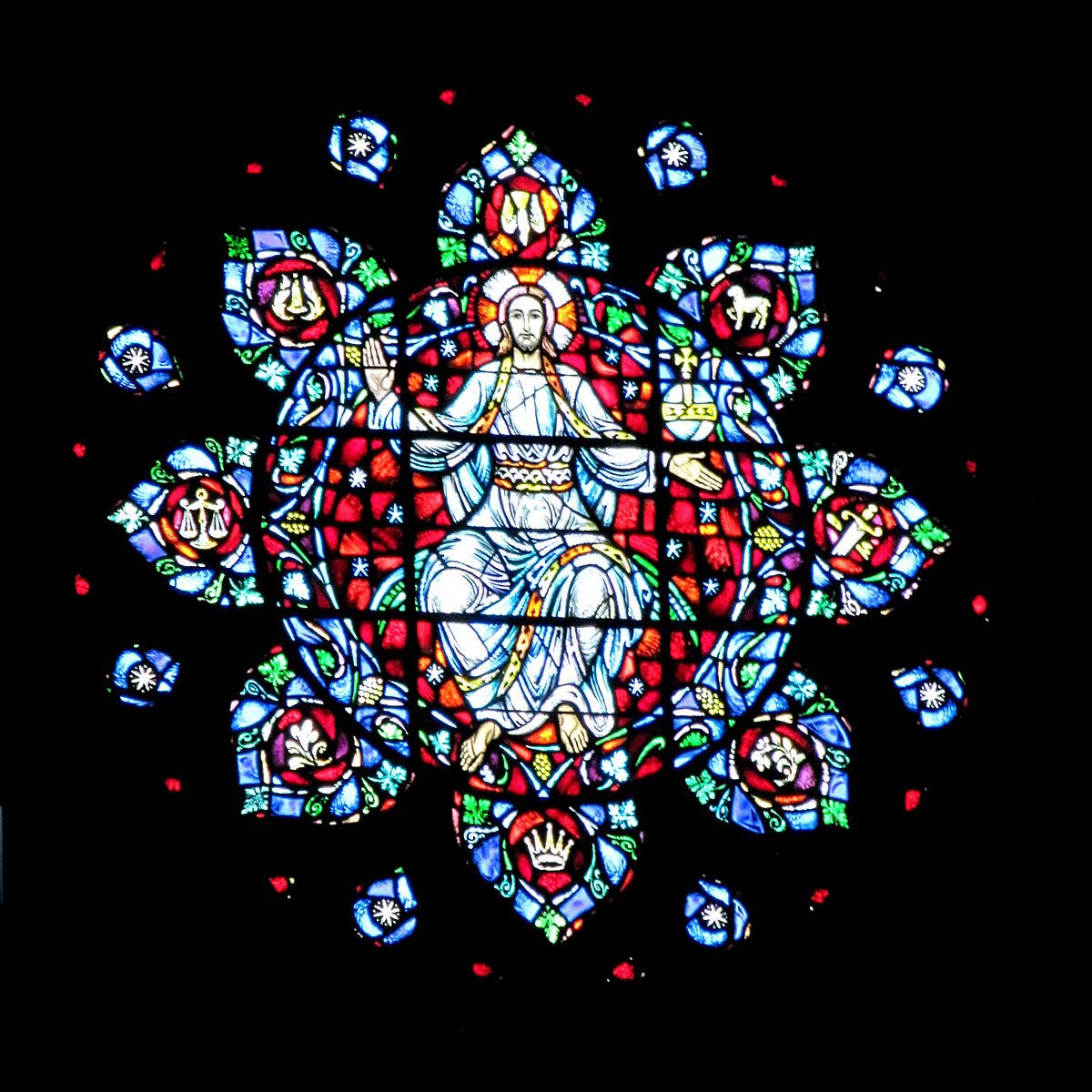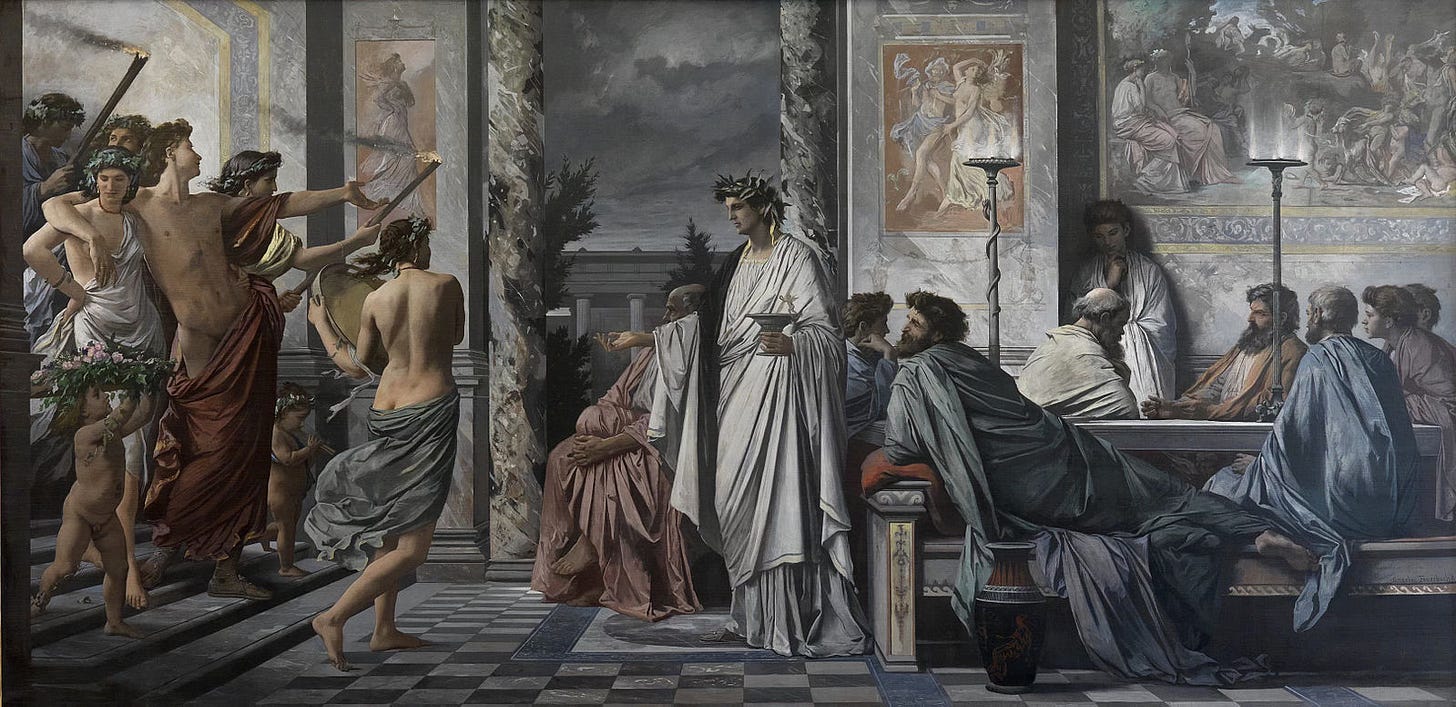
In 1962, 20 graduate students from Harvard’s Divinity School assembled in Marsh Chapel at Boston University. Ten of them had taken psilocybin, a psychedelic similar in its effects to LSD and MDMA. It was Good Friday, the darkest day of the Christian year, and the point was to see if drugs could enhance religious experience. Most seemed to conclude that they could. One participant “had the impression of the room being a vast sensorium, where all nuance and subtleties are vividly and emphatically experienced!”
Supervising the experiment were Harvard’s Timothy Leary and his associate Richard Alpert. They were interested in what is now widely known Psychadelic-Assisted Therapy, or PAT. There is some evidence that drugs in this class can restore neuroplasticity, the condition of the brain that allows children to form new habits and learn new things easily. For patients suffering from things like PTSD, jogging the brain into a youthful state of openness is supposed to help break pathological doom loops. For seekers of religious ecstasy, it is supposed to facilitate new modes of perception.
Leary was dismissed from his position the next year, having overseen the experiment without Harvard’s approval. Alpert’s career, however, was just beginning. He traveled to India in search of enlightenment and met Neem Karoli Baba, a Hindu sage whom he called Maraj-ji. Maharaj-ji renamed his new student as a servant of the supreme deity Rama, and that is how Richard Alpert became Ram Dass, one of the most revered mystics of the American New Age. He was a hero to the hippies.
It’s easy now to scoff at this dated relic of the ’60s, the drugged-out white man traveling to an Ashram to “find himself” like Piper on White Lotus. But Baba Ram Dass has cast a long shadow, and PAT is now a major object of medical interest. There are people at my gym who go into raptures talking about their miraculous healing through MDMA, their Ayahuasca vision quests. No less a Christian firebrand than Sohrab Ahmahri has tried it. Hippie culture didn’t end so much as trim its hair and put on a lab coat, and its most important legacy is probably in the lingering allure of drug culture as a path to healing.
This being so, it’s interesting to consider a story Ram Dass told, about the one time Maharaj-ji tried LSD:
Dass: Maharaj-ji, my guru, when he took LSD, asked me for that medicine, that yogi medicine I used, and he swallowed a huge amount that would have freaked anybody in this room.
[laughter]
Dass: And nothing happened to him at all.
Why not? Because the drugs could only briefly stimulate a state of mind that Mararaj-ji was already in, all the time—the state called lovingkindness. “I just kept going up and coming down,” Ram Dass recalled of his days attempting to bypass spiritual practice with a chemical shortcut. It was like a momentary visit with a saint, when the task of life is to become a saint. “‘Love,’” concluded Maharaj-ji, “is a much stronger medicine than this.’”
That one story is what keeps me from writing off Ram Dass as a corny hack. In Plato’s Symposium, there’s a recurring theme—almost a running gag—that everyone gets drunk except for Socrates. When the characters are debating whether to stimulate their conversation with wine, the Athenian drug of choice, they don’t consult Socrates because “he’ll be satisfied whatever we do.”
They proceed with a sober discussion on the nature of love until Alcibiades, a tarnished golden boy sodden with drink, lurches into their midst. He makes the same observation about Socrates: “however much wine you order him, he’ll guzzle it down and never get drunk.” Socrates proceeds to do exactly that, chugging a hefty draught and remaining as terrifyingly alert as ever. Ram Dass’s description of Maharaj-ji’s unearthly indifference to LSD could almost be taken from this section of the Symposium: “he swallowed a huge amount that would have freaked anybody in this room. And nothing happened to him at all.”
Like Maharaj-ji, Socrates was already in the state of intoxication that the drug was meant to induce. One of the most haunting images of Socrates Plato ever composed is the one right before the dinner party, when the barefoot philosopher stops in his tracks at the threshold of his friend’s house and stares into the distance. “Sometimes he just stops wherever he happens to be and stands there,” his companion explains.
Later it turns out that Socrates was staring at “the beautiful in itself,” a pure essence of being and joy that underlies all true and good things. That’s philosophy: a kind of permanent drunkenness without the hangover. Wine can only imitate it, for a while.
Nice work if you can get it. The rest of us need a drink from time to time. But Socrates and Ram Dass are models of a distinction that often seems completely missing from the discussion on PAT and other psychedelic treatments. One psychologist recently told me about a talk she attended in which the lecturer elaborated at length on recent therapeutic successes with hallucinogens. Then, at the very end, in a sheepish kind of footnote, the lecturer said: though of course we know all these effects can also be attained through self-denial.
Well that seems, uh, important. The hermits of the early church used to fast in the desert for days on end, during which they reported encounters with all manner of demons and angels. Jesus himself famously spent 40 days without food, “after which he was hungry”—oh you don’t say?—“and the devil came to him.” Now that’s a little more of a surprise. But maybe not a total non sequitur, if self-denial is the other way besides drugs to open yourself to heightened perception of things not readily apparent in normal life. Maybe the fasting is how Jesus made his body ready to lock eyes with the devil.
Those 40 days of fasting inspired the Christian practice of Lent, which culminates on Good Friday—the same day when those Harvard Divinity Students, led by the future Ram Dass, took psilocybin to turn the world into “a vast sensorium, where all nuance and subtleties are vividly and emphatically experienced!” But, as Ram Dass subsequently discovered, they might have achieved the same state of mind by just…doing Lent. And the practice of it, the slow and steady action, might have engrained something more lasting in them than a momentary high.

“When you remove everything, your brain starts to change and things become much more meaningful that you would normally just ignore,” said the extreme magician David Blaine, who once went more than 40 days without any food whatsoever. “So you become more sensitive to colors, emotion, to everything.” Without even lapsing into moralism, we can ask whether prayer, alms, and fasting are meaningfully more effective than drugs as a route to spiritual awakening.
I submit that the answer is yes: the best religious traditions contain far more sustainable and reliable ways of salving the soul’s wounds than chemical stimulation. “Love is a much stronger medicine.” Neuroplasticity, after all, is only a scientific term for what Aristotle would have described as a capacity for habituation, the steady reinforcement of routines that become habits of the will and patterns of character. And in this respect, psychedelics basically amount to supercharging your faculty of habituation and then rolling the dice.
A brush with MDMA might allow you to straighten out bent or broken pathways in your psyche, if you take extensive precautions and get lucky. Or you might have a bad trip, or you might just plop back down to earth no better off than when you started. Go out into the desert before you’ve fasted, meet the devil without doing Lent, and it’s like fighting the final boss before you’ve beaten all the levels and gotten all the power-ups. Some video games let you do that, but the outcome is rarely good.
The practice of fasting and prayer, on the other hand, is already an orientation of the will—so you already know which direction it will take you. By its very nature it entails choosing to aim yourself toward a higher spiritual aim, and then over time—again by its nature—it puts you in the state of intense habituation that will lock your aim in. First you get hungry, then temptation comes. The colors get brighter, then you can look head-on at the demons that have haunted the edge of your sight. And if you beat them in that condition, they stay beat: “then the devil left him, and angels came and attended him.”
T.S. Eliot wrote that to attain consciousness of eternity “is an occupation for the saint,”
…something given
And taken, in a lifetime's death in love,
Ardour and selflessness and self-surrender.
For most of us, there is only the unattended
Moment, the moment in and out of time,
The distraction fit, lost in a shaft of sunlight,
The wild thyme unseen, or the winter lightning
Or the waterfall, or music heard so deeply
That it is not heard at all, but you are the music
While the music lasts. These are only hints and guesses,
Hints followed by guesses; and the rest
Is prayer, observance, discipline, thought and action.
For most of us, a glimpse of heaven can only show us where we’re going. It can’t get us there. I would be lying if I said I had never attained such glimpses in my cups—once in Greece, a taxi driver said to me, “after the second glass of wine, you see, with your soul, the sunset.”
And I have found that this is so. But only for a moment. The wine can’t keep you there; the spirits abandon you in the end. You are the music…while the music lasts. And after that, well, “the rest / Is prayer, observance, discipline, thought and action.”





I can confirm that deep meditation accesses the same state as ketamine.
Brilliant! I have had a strong disinclination to join my psychotherapeutic peers on the psychedelic bandwagon. Now you've given me reasons for my resistance. Thank you.